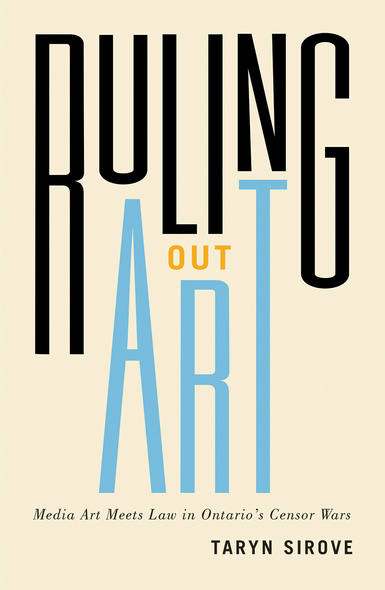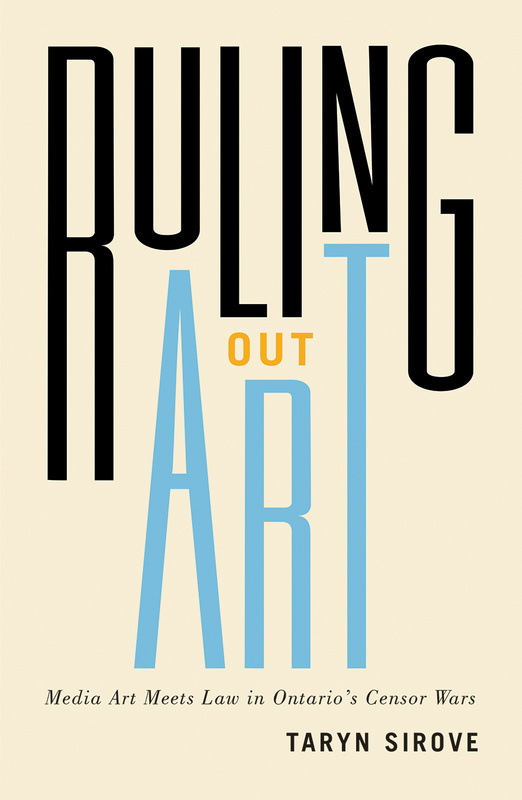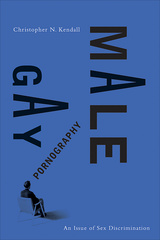
Ruling Out Art
Media Art Meets Law in Ontario’s Censor Wars
In the 1980s, the Ontario government engaged in a series of legal skirmishes with media arts communities. Its Board of Censors – responsible for the classification and approval of all film and video exhibited in the province – began to subject artists’ work to the same cuts, bans, and warning labels as commercial film.
Ruling Out Art reveals what happens when art and law intersect, when artists, arts exhibitors, and their anti-censorship allies enter courts of law as appellants, defendants, or expert witnesses. Taryn Sirove argues that the administration of culture during Ontario’s censor wars was not a simple top-down exercise. Members of arts communities mounted grassroots protests and engaged the province in court cases, ultimately influencing how the province interpreted freedom of expression, a fundamental and far-reaching legal right. The language of the law in turn shaped the way artists conceived of their own practices.
By exploring how art practices and provincial legislation intertwined during Ontario’s censor wars, this innovative book documents an important moment in the history of contemporary art and cultural activism in Canada, one that helped artists secure their constitutional rights under the law.
This book will appeal to students and scholars interested in the social history of art, film, media studies, censorship, and law.
Ruling Out Art is an engaging history of arts censorship in Ontario during the 1980s and early 1990s. Taryn Sirove clearly understands the relationship between those who engage in civil disobedience work, protests, and public awareness campaigns, and those who undertake strategic litigation and law reform. To her credit, she does not privilege or denigrate one type of work over the other.
For artists and institutions directly involved in the censorship struggles of the 1980s, Taryn Sirove’s Ruling Out Art is a well-researched study which demonstrates that their efforts were not completely in vain. This book is an excellent addition to the media and censorship historiography in Canada and will introduce a new generation to the culture wars around censorship and gay rights that were central to artists’ concerns of the late 1970s through to the 1990s – many of which persist today.
Taryn Sirove is an art historian and independent curator based in Toronto. Her research focuses on contemporary art in Canada, particularly new media work and policy frameworks for the regulation of media art.
Introduction
1 Historicizing Censorship
2 Misunderstandings between Art and Law
3 Competing Anti-Censorships and Mixed Legal Outcomes
4 Defining Communities with Uncertainty
5 Media Artists Mobilize, Mobilizing Media Arts
Conclusion
Appendix: Censorship Jurisprudence and Landmark Legal Challenges
Notes; Bibliography; Index







